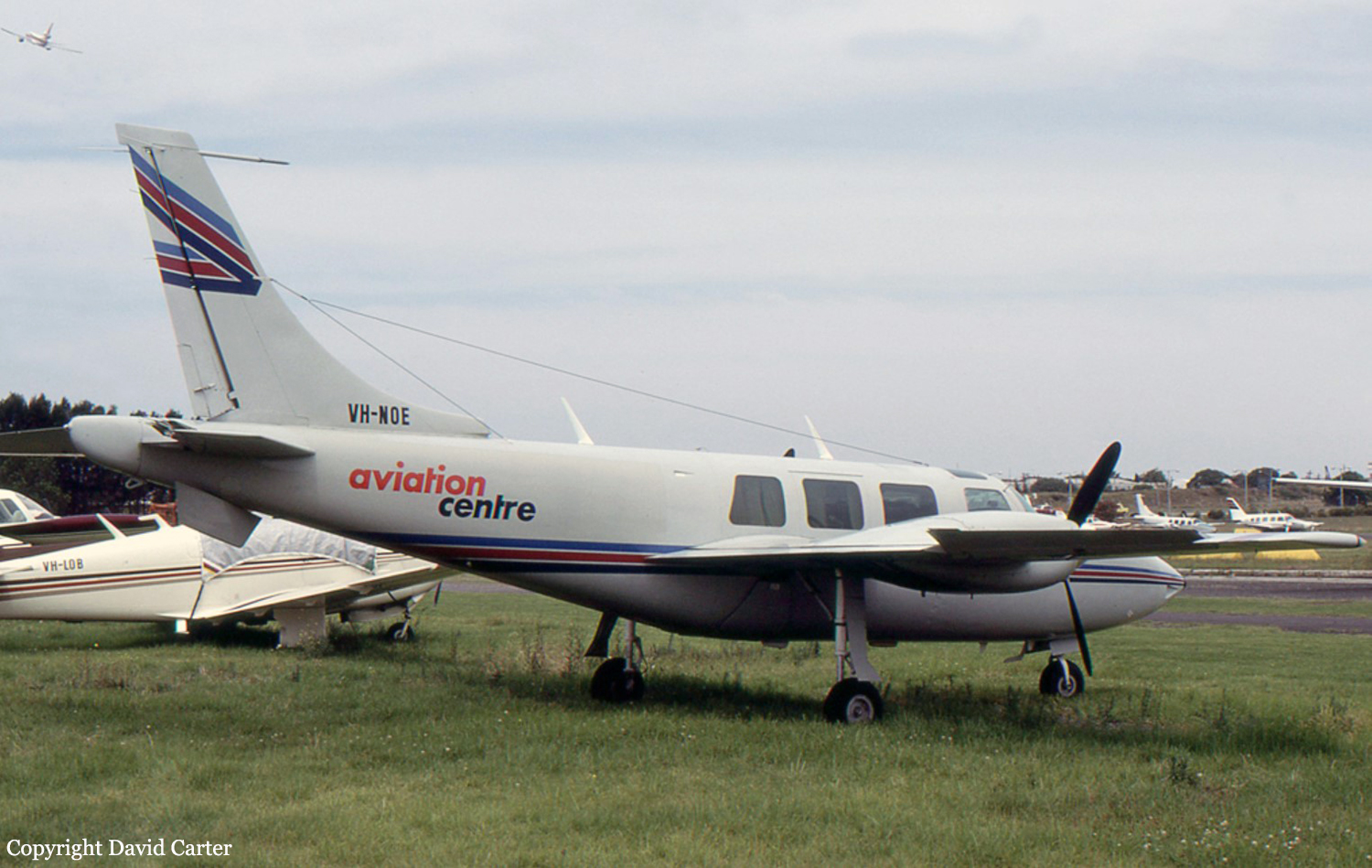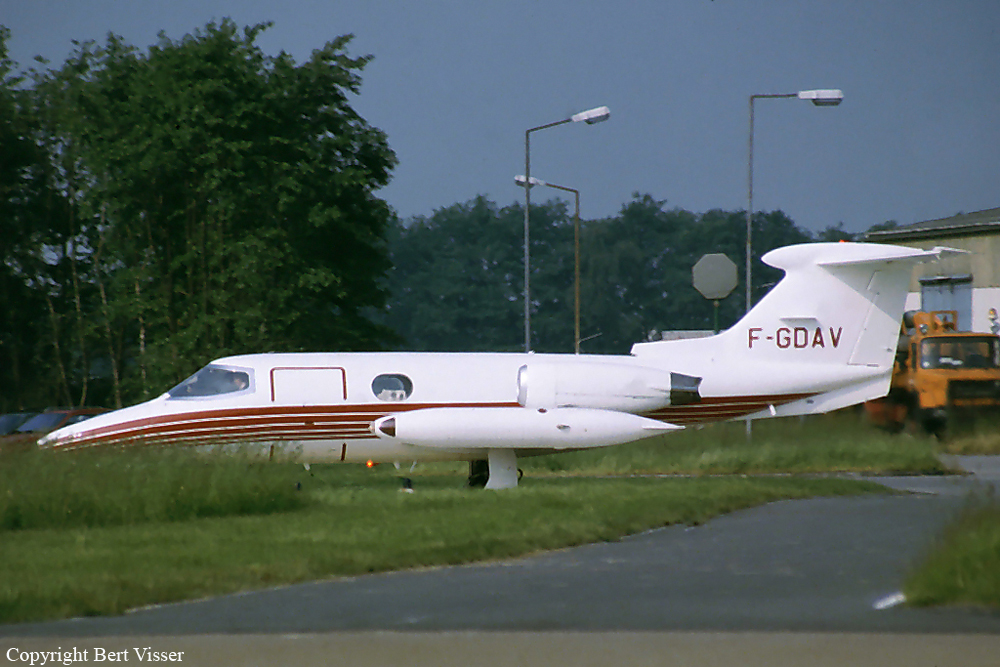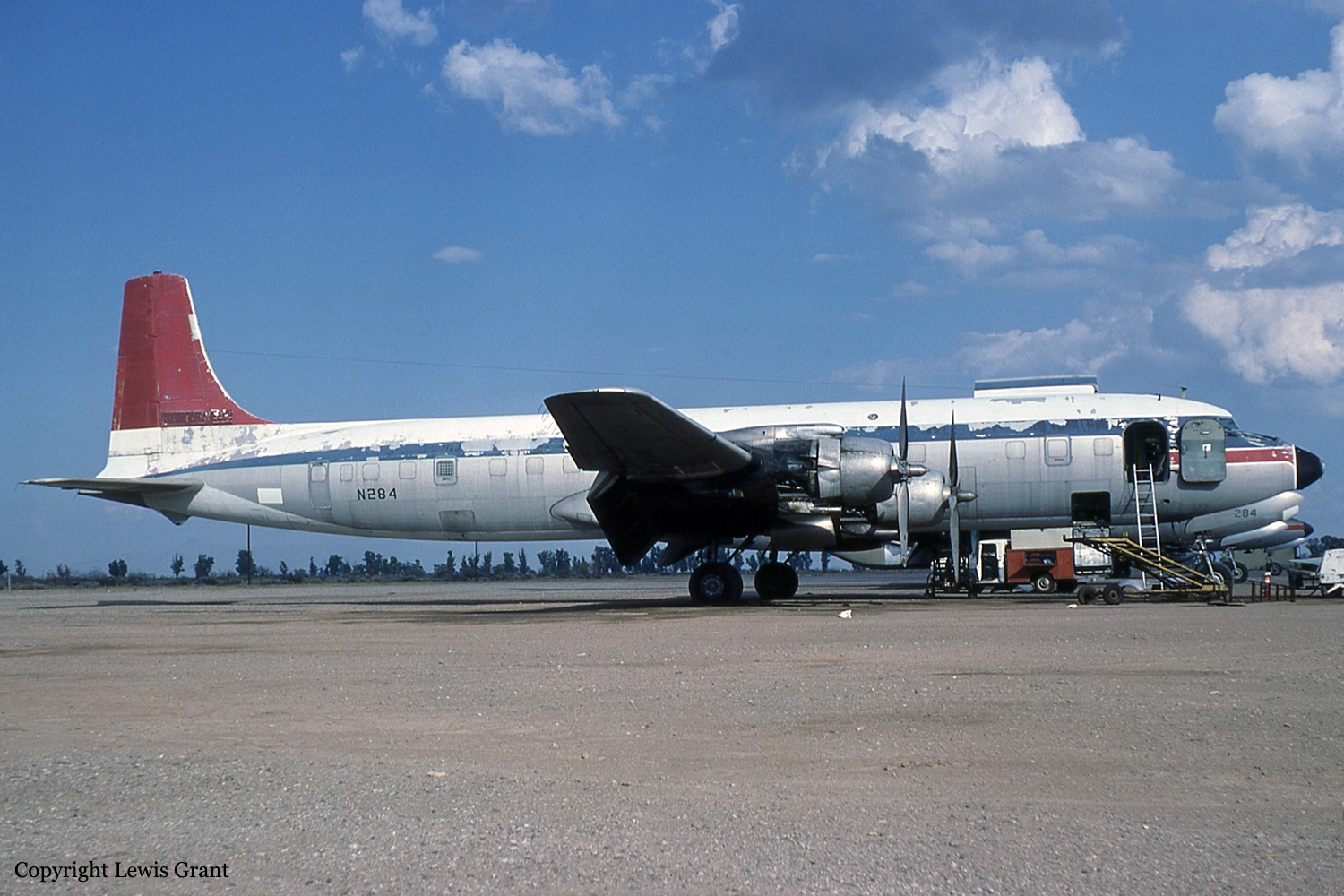Crash of a Beechcraft 200 Super King near Azusa: 1 killed
Date & Time:
May 10, 1989 at 1430 LT
Registration:
N39YV
Survivors:
No
Schedule:
Santa Monica - Farmington
MSN:
BB-39
YOM:
1975
Crew on board:
1
Crew fatalities:
Pax on board:
0
Pax fatalities:
Other fatalities:
Total fatalities:
1
Captain / Total hours on type:
125.00
Aircraft flight hours:
10267
Circumstances:
Before the flight, the pilots of 2 Beech 200 aircraft evaluated weather reports at a fixed base operation and made a computer weather inquiry. They departed Santa Monica, CA, on a positioning flight to Farmington, NM, without filing a flight plan. While en route, the lead aircraft was about 1 to 3 minutes ahead of the 2nd aircraft. The 2nd pilot reported they were at about 4,500 feet msl as they neared mountains and the clouds were about 1,000 feet above. As they continued eastward in a valley, the 2nd pilot heard the lead pilot report he was 'going up.' This was the last known transmission from the lead aircraft. The 2nd pilot continued his flight in VMC. Two days later, the lead aircraft was found, where it had crashed about 100 feet below the top of a 7,400 feet mountain ridge. Impact occurred on a heading of about 030°. The mountain ridge was oriented on headings of 060° 240°.
Probable cause:
Improper in-flight planning/decision by the pilot, which resulted in has inadvertent flight into instrument meteorological conditions (IMC) and subsequent collision with mountainous terrain. The weather and terrain conditions were considered to be related factors.
Final Report:












